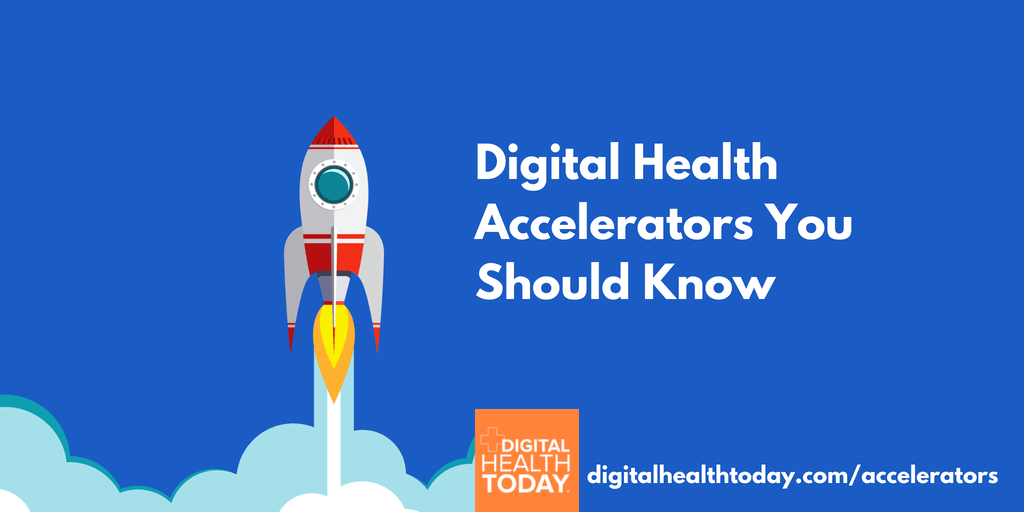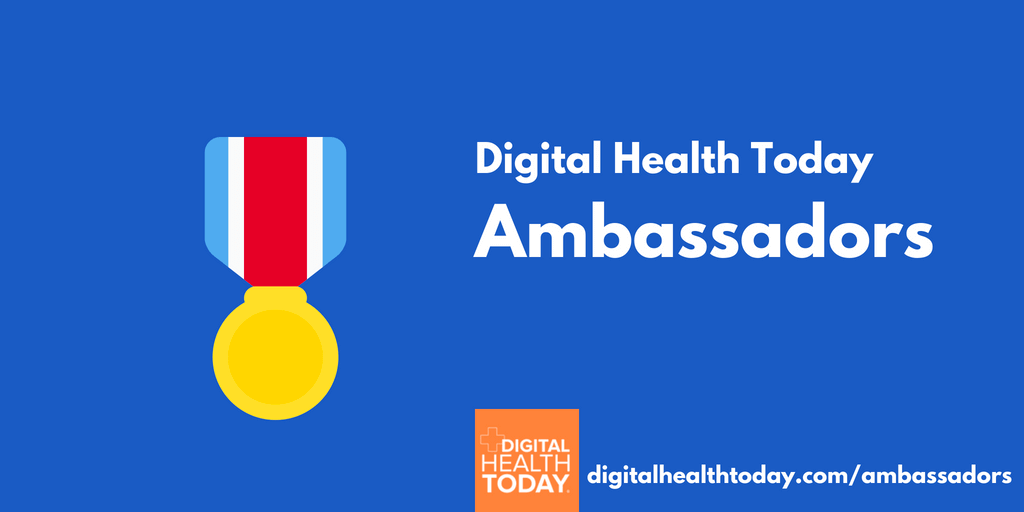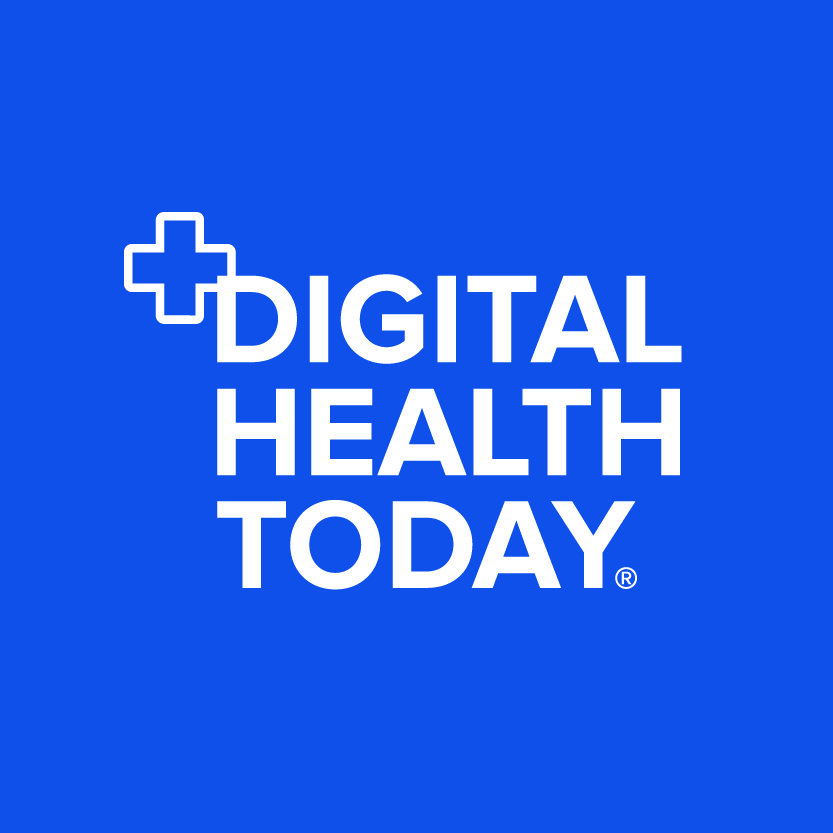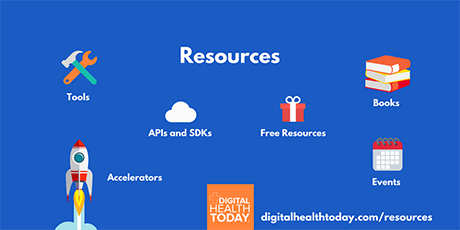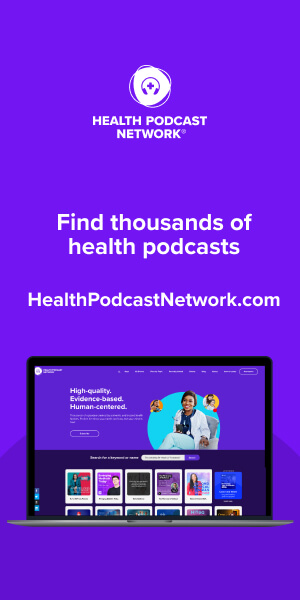By Lukas Wendt
Digital platforms have transformed our lives in many ways—including in healthcare.
What are digital platforms?
Digital platforms consist of a core, complements, and interfaces. The core is the platform owner (e.g., Apple), and complements are the applications created by third-party developers that work with the platform. Standardized interfaces facilitate data sharing between core and complements and govern the interaction between them. It is the interaction between platform owner, external producers, and consumers which creates a platform’s value.
As healthcare becomes increasingly patient-centered, more touchpoints are created along the patient journey. These touchpoints often involve different care teams (e.g. general practitioners, emergency rooms, hospital departments) and happen increasingly online, as we’ve seen during the COVID-19 pandemic. Platforms provide an efficient way to capture and organize these touchpoints and enable interoperability between otherwise fragmented data silos.
Shifting to value-based healthcare
While some might argue that this is precisely what electronic health records (EHRs) are intended to do, most EHR systems are not designed to capture the entire patient journey outside of hospital walls. The EHR landscape is also fragmented, as each hospital customizes its EHR systems according to its unique clinical workflows. To deliver value and reduce hospital readmissions, healthcare providers need a complete picture of their patients instead of a single snapshot of their current health status.
That is why Piedmont Healthcare, which manages two million patients across Georgia, partnered with the customer relationship management (CRM) platform Salesforce. Through the partnership, Piedmont ensures a seamless transition from one care provider to another. In-home providers can also access the platform and view socioeconomic information—like disposable income or access to healthy food—alongside medical data to better manage patients with chronic diseases.
Privacy and security matter
However, bundling patient data from different sources increases the severity of a data breach, so data governance and security mechanisms must be in place to protect sensitive health data.
For example, patients should have the power to decide who receives what information. Although health platforms can improve care, some patients cannot or do not want to engage digitally with providers. Face-to-face interaction should remain the standard for those who desire it.
What’s next?
Digital platforms have the potential to support more coordinated, tailored patient care at a lower cost by connecting healthcare stakeholders along the patient journey and providing patients with a user-friendly interface to access their data. They can change the way healthcare is delivered, but their success depends on how well application programming interfaces (APIs) enable individual systems to communicate with each other.
One point must not be forgotten: the patient must come first. We should closely observe how platforms change our current procedures and add value to our healthcare systems. Digital platforms have already improved some aspects of chronic disease management, and further use cases will not be long in coming.
Links (in ascending order)
https://doi-org.gate3.library.lse.ac.uk/10.1287/isre.2018.0794
https://hbr.org/2019/10/how-new-health-care-platforms-will-improve-patient-care
https://www.salesforce.com/customer-success-stories/piedmont-healthcare/
https://www-nature-com.gate3.library.lse.ac.uk/articles/s41746-020-0235-5
